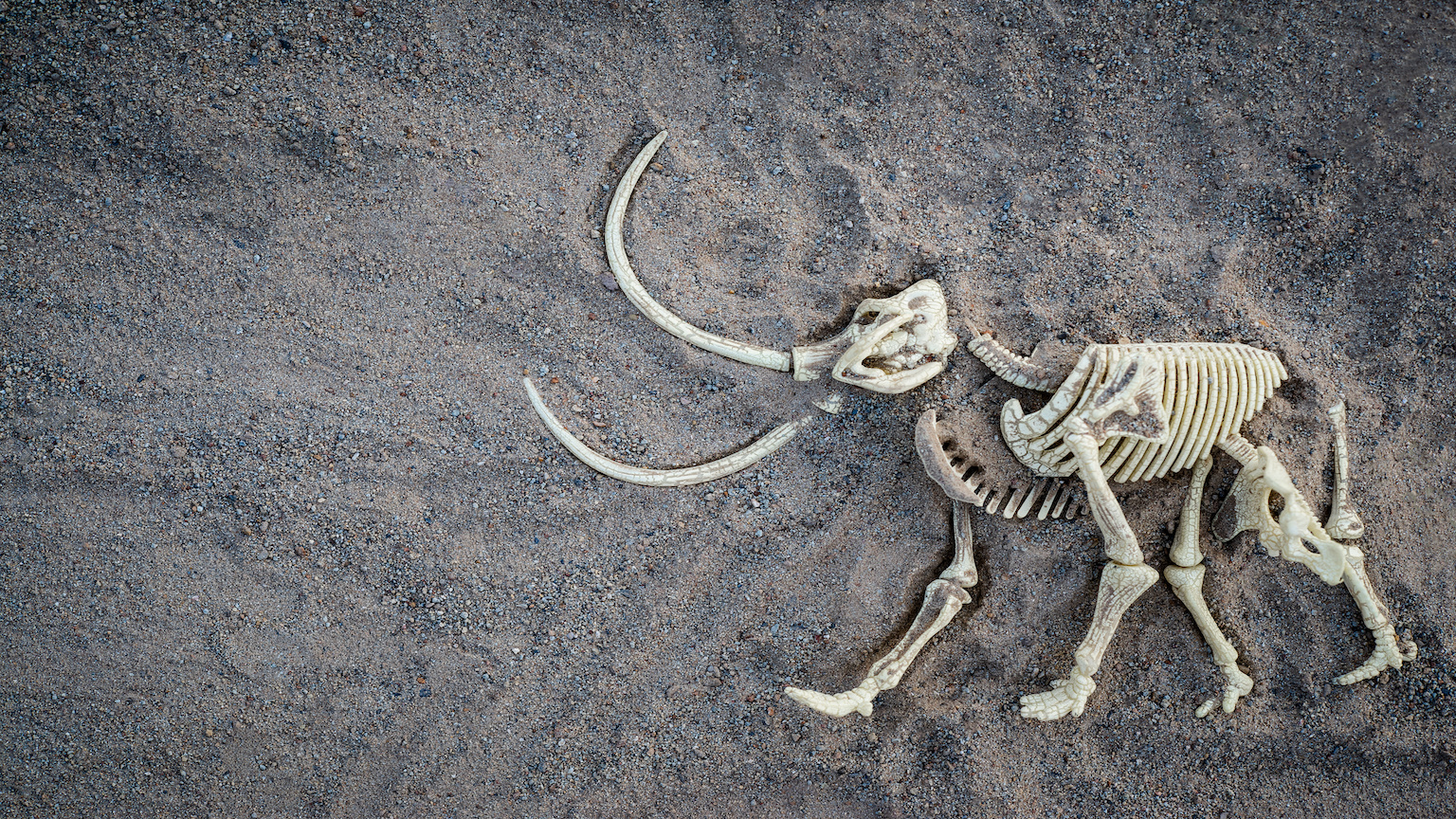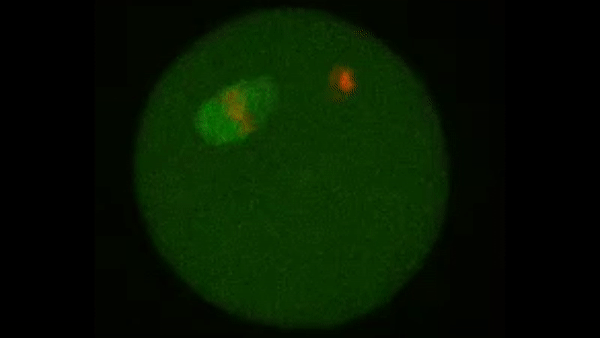Why we should resurrect the woolly mammoth

- Wooly mammoths went extinct 10,000 years ago from a combination of climate change, human predation, and a weakened genome caused by inbreeding.
- A biotech start-up called Colossal has received $15 million in funding to resurrect and rewild woolly mammoths in Siberia
- Science has been defined by pioneers, entrepreneurs, and ambition. Bringing back the mammoth is a hard and possibly vain task, but why is that a bad thing?
Imagine you’ve decided to take up Nordic skiing. You leave behind your phone, your desk job, and your easy urban lifestyle, and there you are: in the forest scooting atop the snow on toe-bound skis. You marvel at the dense forests, swaying in the wind like the sea’s tide. You smile as a snow rabbit darts from her den, fleeing from your puffing, tired sport. You squint into the snowfall. And then you freeze in your tracks.
Looking up, you see the huge, hulking mass of an elephant. But it’s not an elephant. After all, elephants’ bodies aren’t covered with long, scratchy hair matted together with mud and ice. The animal has small black eyes couched in its vast head, but you can barely see them. All you can see are the tusks — white and sharp, dragging in front of its head. The beast emits a mighty, trumpeting roar, and the earth shakes as it stomps its feet. You realize you’ve stumbled upon a woolly mammoth.
Of course, this scene is impossible today. But encountering woolly mammoths in the wild may soon be possible thanks to a new biotech company that’s aiming to resurrect the species and reintroduce thousands of mammoths to the Siberian tundra, a region they used to roam before going extinct roughly 10,000 years ago.
Global warming, inbreeding, and predation
It remains unclear exactly how and why mammoths went extinct, but it is likely that the animals were killed off by drastic and sudden environmental changes. With global warming came the thawing of ice, increased rainfall, and major changes in vegetation. Large megafauna like the woolly mammoth, which had thick layers of insulating fat, would have found it hard to adapt so quickly.
It did not help that mammoths were also prized prey for human hunters. Not only were mammoths a prime source of meat, but their furry coats were made into clothing, their blubber was used to make oil or grease, and their big bones were used as construction materials in both Neanderthal and human dwellings. In fact, if humans had not hunted woolly mammoths, researchers estimate that the species might have survived up to 4,000 years longer.
Once the global mammoth population began dwindling, matters only got worse. With a shrinking pool of potential mates to choose from, families turned to closer and closer genetic inbreeding. This boosted rates of hereditary diseases and negatively affected sperm count. With small populations of incestuous mammoths left in a handful of habitats around the world, their extinction was virtually inevitable.
Not quite an elephant
Today, however, the woolly mammoth is a unique candidate for a Jurassic Park-type experiment. Because of their sheer size, once-large population, and relatively recent extinction, scientists have no shortage of fossils, remains, and, most importantly, DNA samples with which to examine them. This data trove has allowed researchers to study mammoths’ lifestyle, diet, and migration patterns, among other aspects of the species. Soon, scientists may get to study mammoths up close.
In September, a group of scientists and entrepreneurs announced the formation of a company called Colossal, whose mission is to resurrect the wooly mammoth and rewild thousands of them in Siberia. Led by Harvard geneticist George Church and entrepreneur Ben Lamm, the company has raised more than $15 million to bring back the species using CRISPR gene-editing technology.
Colossal plans to use CRISPR to transform genes of an Asian elephant — the closest living relative to the woolly mammoth — into stem cells capable of carrying mammoth DNA. The company then plans to extract a certain portion of the mammoth genome — the parts responsible for hair, fat layers, and other cold-climate adaptations — and add it into these more accommodating stem cells.
From this hybrid the team hopes to produce an egg. The egg’s nucleus will be replaced by one containing the new “not-an-elephant” genes. The final stage involves either using an Asian elephant as a surrogate for the egg, or possibly developing a new type of artificial womb.
You’ll likely have noticed two things. First, this is not actually a mammoth in the literal sense. It is part of a mammoth fused with an existing Asian elephant. Second, there’s a lot of hypotheticals and speculation to all this, and some scientists are skeptical it can work at all (especially on a budget of $15 million). Gene editing is a young and painstaking science, and resurrecting a woolly mammoth will be unprecedentedly difficult. After all, while scientists have successfully created an artificial womb for a 4-week fetal lamb, it’s never been done for a 200-pound mammoth baby with a 2-year gestation period.
In the name of science
Beyond difficulty, some critics of de-extinction efforts have argued that projects like Colossal are a waste of resources — a pointless vanity project for millionaires and quixotic scientists. This is mostly a shallow argument. First, it is unclear why science, knowledge, and progress must be weighed on the basis of the utilitarian value it produces. Progress and discovery are worthy on their own terms. (Besides, mammoths are cool.)
Second, even if science were valuable only for what it produces, it is possible that Colossal and similar projects will produce unexpected benefits, like new insights into how gene editing can strengthen at-risk species. So many of those things we take for granted today, so many essential technologies that define our lives, began as the dream of venture capitalists and a team of intellects.
Depressing as it might be, without the pursuit of profit, power, and, sure, the vanity of it all, science would find it much harder to get the funding it needs to move forward. This is not just about mammoths; this is about conservation, gene editing, re-wilding, and the power of science itself. So, keep an eye on Colossal, and on this exciting new project. And probably avoid skiing in Siberia in the near future.
Jonny Thomson teaches philosophy in Oxford. He runs a popular Instagram account called Mini Philosophy (@philosophyminis). His first book is Mini Philosophy: A Small Book of Big Ideas.





